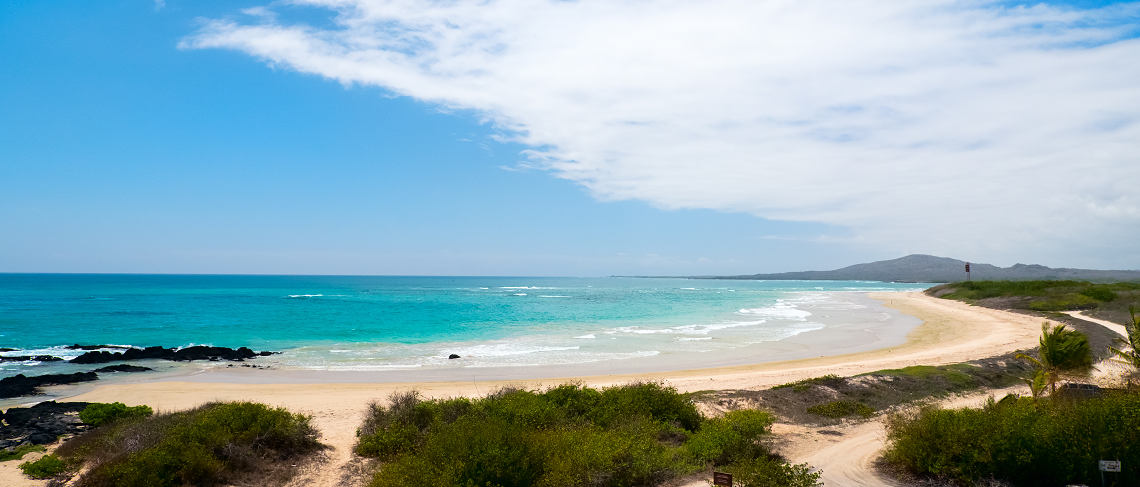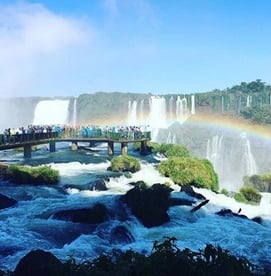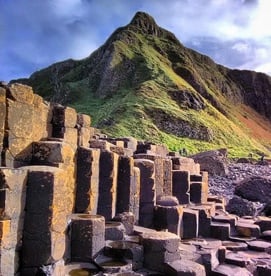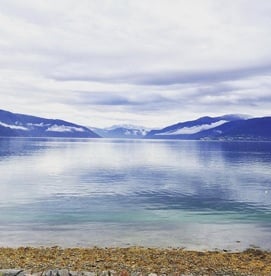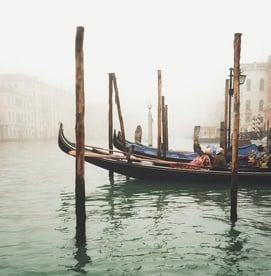Land vs Cruise: Exploring the Galapagos Islands
There are many ways to explore the unique archipelago of the Galapagos Islands. The destination welcomes all kinds of travelers and planning the perfect trip depends on traveler preferences. We take pride at Avanti in training staff by sending them to the destinations in order to help create the best possible travel experience. The Galapagos Islands can be complicated, therefore we want to offer flexible recommendations based on the needs of the independent traveler.
Myself, our COO, Mark Grundy, and our resident Latin expert Leigh Young recently visited the Galapagos Islands. We each travelled on separate cruises with different itineraries and spent a few nights in Puerto Ayora on Santa Cruz Island. Each itinerary offers a unique glimpse into the complex universe of the archipelago that inspired Charles Darwin.
Since the Galapagos Islands became a national park and world renowned destination, there has been debate over the best way to experience this natural wonder. There are 2 primary means of touring the Galapagos. The dominant school of thought encourages travelers to take advantage of the multitude of excellent small vessels, yachts, and catamarans in order to reduce daytime travel and see more islands. Others prioritize cost and flexibility, recommending overnighting in hotels and taking day tours. There has been a renaissance of sorts for “Island Hopping” tours with improved services in the towns of Puerto Ayora (Santa Cruz Island), Puerto Baquerizo Moreno (San Cristobal Island) and Puerto Villamil (Isabela Island) as well as the diminutive town of Puerto Velasco Ibarra (Floreana Island). Island hopping or land based programs offers travelers the opportunity to overnight in hotels on 1 or multiple islands and take day tours.
I strongly believe that cruising the Galapagos is the best way to visit the islands. In addition to reduced daytime travel allowing for visits to more islands, the ships offer spectacular views and wildlife watching in transit.
The particular ship, number of nights, and island visits influences each cruise experience. However, there are a few staples that every cruise includes. There are a very high percentage of highly educated and committed guides. Many of the cruise guides have master’s degrees in the sciences and are from the Galapagos. They are not just tourist guides but also scientists with an immense passion for discovery. Although spectacular, the islands are not just for wildlife viewing. The unique location of the archipelago makes it perfect for geological, meteorological, and hydrological research. When you travel on a cruise, you’ll have ample opportunity to ask questions beyond the pre and post-activity lectures. Questions often popped into my head hours after an island visit so I would search out the guide on the ship to discuss in more detail.
Taking a Galapagos cruise affords travelers the benefit of reduced backtracking, which increases the range of scenery you can view. For many travelers, visiting the Galapagos is a once in a lifetime experience, which emphasizes the importance of seeing as much diverse wildlife, landscapes, and seascapes as possible.
While we highly recommend exploring the Galapagos on a cruise, some travelers are not comfortable spending so much time on the water aboard a cruise. There are excellent alternatives for non-cruise travelers. The most common way to see the Galapagos on a land-based program is by staying in a lodge on Santa Cruz Island and taking daily excursions. This single lodge experience offers comfortable accommodations, flexibility, improved Internet access and more cultural immersion.
Travelers can choose from a variety of lodges depending on budget, style, and availability. Most lodges offer their own daily excursions that can be pre-booked. Other travelers choose to just book accommodations beforehand and secure the guided excursions locally. We recommend purchasing the guided visits before travel in order to assure quality and security.
Many travelers are choosing another Land based option, which is often referred to as “Island Hopping.” Travelers will stay at land-based lodges but on multiple islands. Santa Cruz is the most populated island with higher-end properties but there are also comfortable places to stay on San Cristobal, Isabela, and Floreana. The “Island Hopping” option allows travelers to see more islands without having to sleep on a cruise.
Whether you visit the Galapagos archipelago on a land-based program or cruise expedition, a memorable experience is waiting for you.

